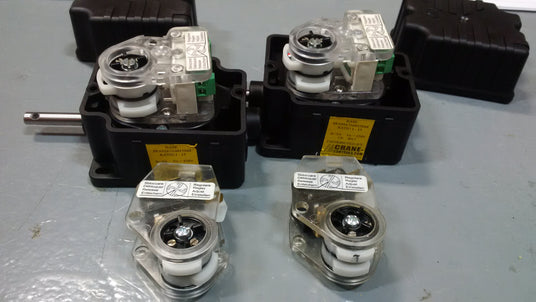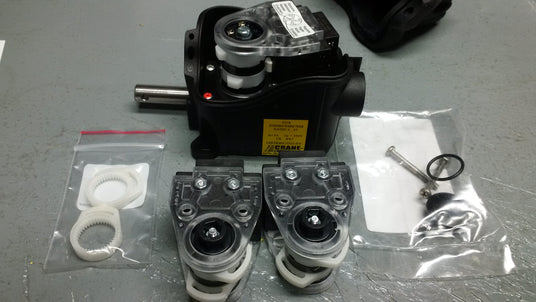
How Does A Rotary Limit Switch Work?
Rotary limit switches are widely used in cranes, hoists, wind turbines, and other industrial equipment. Read our article to learn how they work!
What Is A Rotary Limit Switch
A rotary limit switch is a critical component used in industrial machinery, such as cranes and hoists, to control the movement and position of various parts. It works by translating rotational motion into electrical signals, which can then trigger specific actions in the machine's control system.

Key Components
- Input Shaft: The central part that rotates, connected to the moving part of the machine.
- Gears: Planetary gear train system to reduce the input revolution from the motor to a lower output revolution to the cam shafts and microswitches
- Cams: Attached to the shaft, these rotate with the shaft and are available with different configurations (pointed / sector etc)
- Switches: Positioned around the cams, they are actuated (turned on or off) when the cam's edge pushes against them.
How It Works
- Rotation: As the machine operates, the shaft of the rotary limit switch rotates.
- Cam Movement: The rotating shaft turns the cams at a predetermined revolution ratio. The cams are manually adjusted in the field and set to actuate the switches as required.
- Actuation: When a cam rotates to a certain point, its edge pushes against a switch. This action can either close (complete) or open (interrupt) an electrical circuit.
- Signal Transmission: The switches send electrical signals to the machine's control system. These signals can trigger various actions, such as stopping the motor, reversing direction, or slowing down the movement.
Subscribe to our emails
Be the first to know about new collections and exclusive offers.












